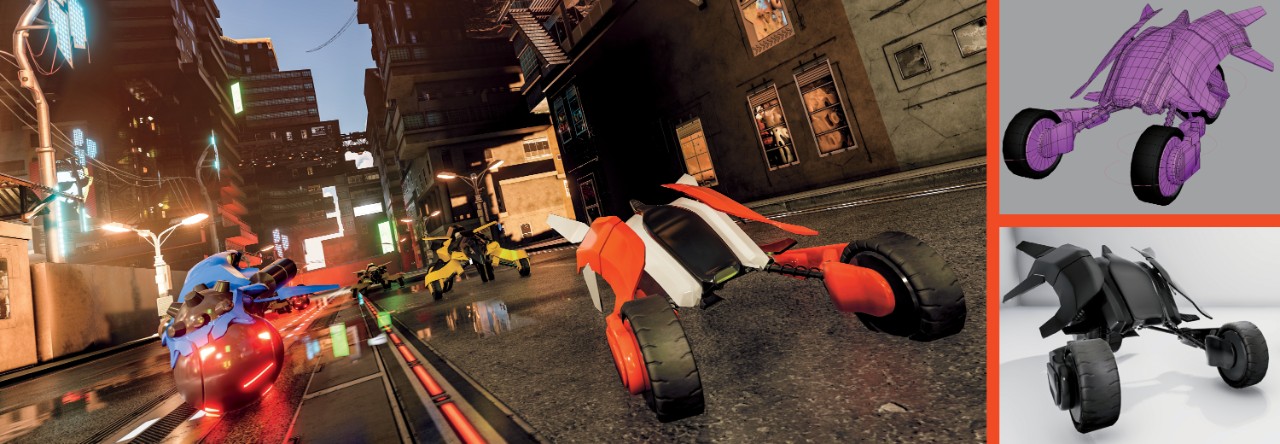Brenden Sewell: I am a creative director at E-Line Media. We create video games that are fun to play and have a social impact. For example, our latest game—Endless Mission—allows players to gain an understanding of coding so that they are playing a fun game and also developing a skill that they can apply in the real world. In my role as creative director, I manage the process of making a video game from the initial idea to the finished product.
SA: What is the process for making a new video game?
BS: We begin with concepting—figuring out the idea for the game. At this point the team is very small. After we have a clear concept, we go into preproduction. During this phase, we create exact prototypes for the look of the characters, the mechanics [how the characters move], and the world [setting] in the game. Then we go into the production phase. This is when we bring in all the designers, artists, and engineers who actually build the game.
SA: How do you decide how an object or a character will look?
BS: We prototype different ideas. The silhouette—or the basic shape—is very important when figuring out what an object or a character looks like. For example, in Endless Mission, we have a cart game with three carts. We had to establish a unique silhouette [shape] for each cart so that players could quickly recognize each one from a distance in order to come up with a strategy to avoid it or pass it. After figuring out the silhouette, we experiment with and finalize the colors and textures.
SA: How do the roles of designer, artist, and engineer differ?
BS: A designer thinks in terms of “What do I want a player to experience? What is the character’s mission? What challenges will the character face?” The designers also work with the artists to come up with the game’s visuals—the lighting, the colors, the mood, and the appearance of objects and characters. The engineers take the designers’ prototypes and implement them through code in a software program.

